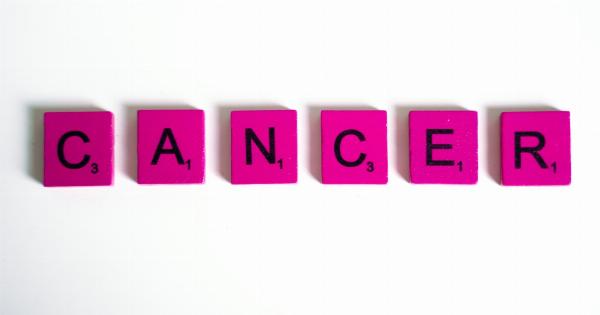Adolescent bullying has become a pervasive issue in schools and communities worldwide. It involves the repeated aggressive behavior of one individual or a group towards another, creating an environment of fear and distress for victims.
This form of bullying is particularly challenging as it occurs during a critical phase of a young person’s development. It is crucial to comprehend the dynamics, consequences, and potential solutions to address this illogical conundrum.
The Complex Nature of Adolescent Bullying
Adolescent bullying manifests in various forms, including physical, verbal, relational, and cyberbullying. Physical bullying refers to direct physical harm or intimidation, such as hitting or pushing.
Verbal bullying involves taunting, name-calling, or using derogatory language. Relational bullying focuses on social exclusion, spreading rumors, or manipulating relationships to assert power. Cyberbullying, an increasingly prevalent form of bullying, occurs through digital devices and social media platforms.
The Consequences of Adolescent Bullying
Bullying can have severe and long-lasting consequences for both the victims and the perpetrators. For victims, the experience of bullying often leads to psychological distress, including depression, anxiety, and low self-esteem.
It can also affect academic performance and social interactions. In some tragic cases, bullying has resulted in self-harm or suicide.
On the other hand, the perpetrators of bullying are more likely to engage in delinquent behavior, substance abuse, and experience difficulties in forming healthy relationships later in life.
The Role of Social Media in Adolescent Bullying
In recent years, social media platforms have become breeding grounds for bullying behavior among adolescents. The anonymity and ease of spreading information online offer new avenues for perpetrators to target their victims.
Cyberbullying can reach a wider audience within seconds, resulting in devastating consequences for the victim’s mental well-being. It is crucial for parents, educators, and policymakers to address this specific aspect of bullying diligently.
The Psychological Perspective: Exploring the Mind of the Bully
To combat adolescent bullying effectively, it is essential to understand the underlying psychological drivers of the bully.
Research suggests that individuals who engage in bullying behavior often have low self-esteem, a history of aggression, and difficulties in managing their emotions. They may also lack empathy and have a desire for power and control. Identifying and addressing these psychological factors can serve as a foundation for creating intervention strategies.
The Role of School and Community in Preventing Adolescent Bullying
Schools and communities play a significant role in preventing and addressing adolescent bullying.
Implementing comprehensive anti-bullying policies, providing education and awareness programs, and fostering a supportive and inclusive environment are some strategies schools can adopt. Community involvement through parent education, collaboration with local organizations, and open communication channels can further reinforce the prevention efforts. It is crucial to create a collective responsibility to tackle this societal issue.
Supporting the Victims: Building Resilience and Empathy
Supporting victims of adolescent bullying is vital for their recovery and well-being. Building resilience through individual and group interventions can help victims develop coping strategies and self-confidence.
Peer support programs, mentoring, and counseling services can provide safe spaces for victims to express their feelings and receive guidance. Encouraging empathy and bystander intervention among peers can also create a culture where bullying is not tolerated.
Interventions for Bullies: Addressing the Root Causes
To break the cycle of bullying, it is essential to address the root causes that lead individuals to engage in such behavior.
Providing counseling and therapy for bullies can help them develop emotional regulation skills, empathy, and a sense of accountability for their actions. Rehabilitation programs combined with parental involvement can contribute to the transformation of the bully, reducing the likelihood of recurrence.
The Importance of Early Intervention
Early intervention is key to mitigating the impact of adolescent bullying. Creating awareness about bullying, its consequences, and prevention strategies should start at a young age.
By promoting empathy, assertiveness, and conflict resolution skills among children, schools can foster a more compassionate and inclusive environment. Early identification and prompt intervention can also prevent the escalation of bullying incidents.
Empowering Bystanders: The Role of Witnesses
Bystanders have a crucial role in preventing and addressing adolescent bullying. Encouraging bystanders to speak up against bullying and report incidents can act as a deterrent for perpetrators.
Creating a safe reporting system and ensuring confidentiality can foster trust among witnesses. Empowering bystanders to become upstanders by providing them with guidance and supporting their actions is essential for creating a culture of collective responsibility.
Building a Safer Future: Collaboration and Education
Addressing adolescent bullying requires a collaborative effort from various stakeholders, including parents, educators, policymakers, and community members.
Collaboration between schools, mental health professionals, and law enforcement agencies can establish a comprehensive approach to prevent and address bullying incidents. Ongoing education and training for all stakeholders on the evolving nature of bullying and effective intervention strategies are vital to create sustainable change.






























